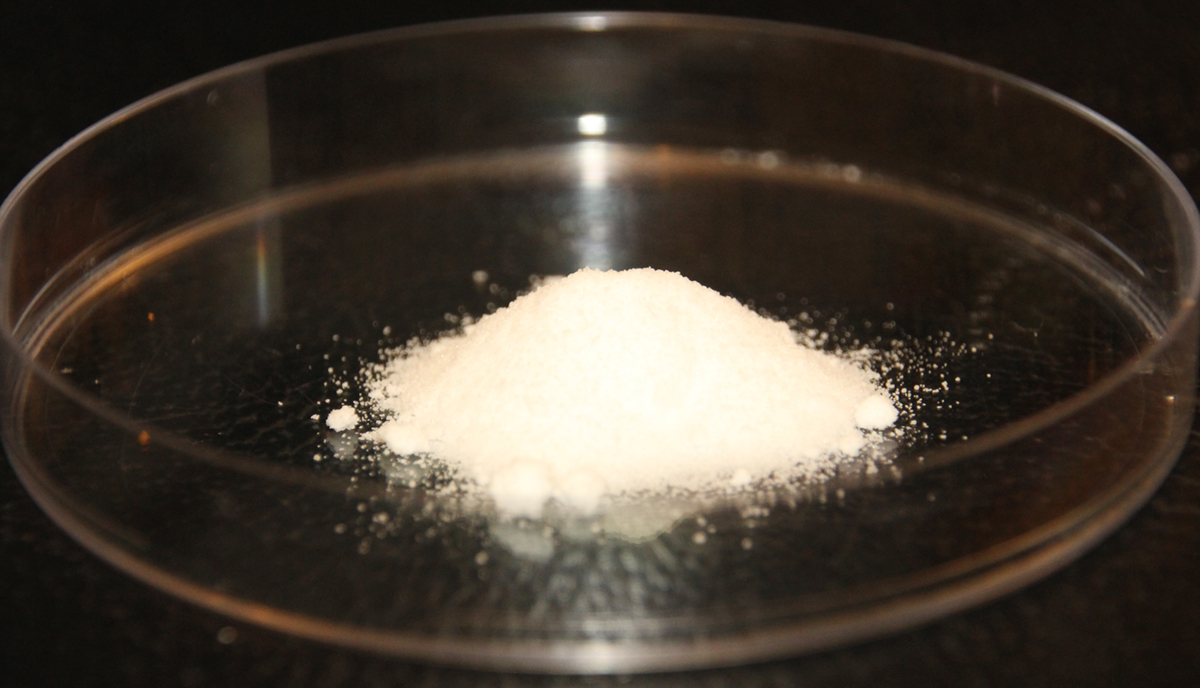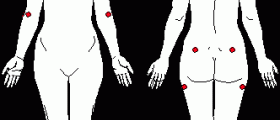
Malic acid is a type of alpha hydroxy acids, found in the unripe and sour fruits. It can also be present as the normal ingredient in some vegetables. Apples are one of the richest sources of this organic dicarboxylic acid. It gives the apples (and other fruits that contain malic acid) the tart taste and sourness. Because of that, it is frequently used in drinks and food, along with other seasonings and sweeteners.
What Should You Know about Malic Acid
Malic acid is essential for metabolism of human cells. It is an intermediate substance in one of the most important processes in the body – Krebs cycle. This cycle happens in mitochondria and is responsible for the production of energy for our cells in the form of ATP (adenosine triphosphate).
This organic acid has persistent and smooth sour taste and excellent blending properties, what makes it good ingredient for many beverages and confections. It is also highly soluble acid, with low melting point and low hygroscopic properties (it absorbs small amount of water). Malic acid is proven to be able to chelate with metal ions, and this property has been used to inactivate metal toxins.
How Useful is Malic Acid
One of the main roles of malic acid is the part it plays in the metabolism of body cells. It is also proven to be beneficial in treating metal toxicity and fibromyalgia (muscle problem), maintaining oral health, youthful skin and proper muscle, nerve and heart functions.
In oral hygiene malic acid is used as antiseptic. It reduces the risk of and prevents various infections, stimulating production of saliva in the mouth. Because of that, many mouthwashes and toothpastes have this acid as one of the ingredients.
Healthy skin can also be maintained by using fruits and vegetables that contain malic acid. This acid is said to tighten the pores, works as the peeling and iron the wrinkles and some fine lines on your face. At the same time, malic acid is less irritating than other alpha hydroxyl acids (also known as AHAs), used for same purposes.
Malic acid is also used to treat chronic fatigue syndrome (CFS) and fibromyalgia. These illnesses cause people to suffer from serious ligament, tendon and muscle pain, loss of energy and tiredness. Malic acid is proven to help and ease all these symptoms.
As said, malic acid has the ability to chelate metal ions. It binds the potentially toxic metals (lead, aluminum and other) found in the body and inactivate them. By doing so, malic acid decreases the possible health complications, such as severe liver and brain problems.
Potential Adverse Effects
Malic acid is certainly safe to use, but in moderate quantities. Always make sure to use only doses recommended by your doctor, because it may cause some side effects, including the skin rash, hives, swelling and tightening in the chest.

















Your thoughts on this
Loading...